Here we have a short film, whose source is unidentified, of some of the cleanup after the St. Patrick’s Day Flood in 1936. It seems to be amateur footage, but it’s good enough to show us what a mess everything was. (It seems to be impossible to embed correctly on wordpress.com, so you’ll actually have to leave this site to see it. But hurry on back.)
-
Jellyfish at PPG Aquarium
Jellyfish at the PPG Aquarium in Pittsburgh from Father Pitt on Vimeo.
This wonderfully graceful jellyfish does its slow ballet all day long at the PPG Aquarium, on the grounds of the Pittsburgh Zoo in Highland Park. Note that there is no sound with this video, since the jellyfish really had very little to say.
-
Peacock Dance at the Zoo
Peacocks roam freely at the Pittsburgh Zoo. This one gave a performance of the famous peacock mating dance to dozens of spectators outside one of the snack shops. Unfortunately, the peahen who was the object of his affections was more interested in spilled popcorn, and the poor fellow finally had to give up and fold his tail.
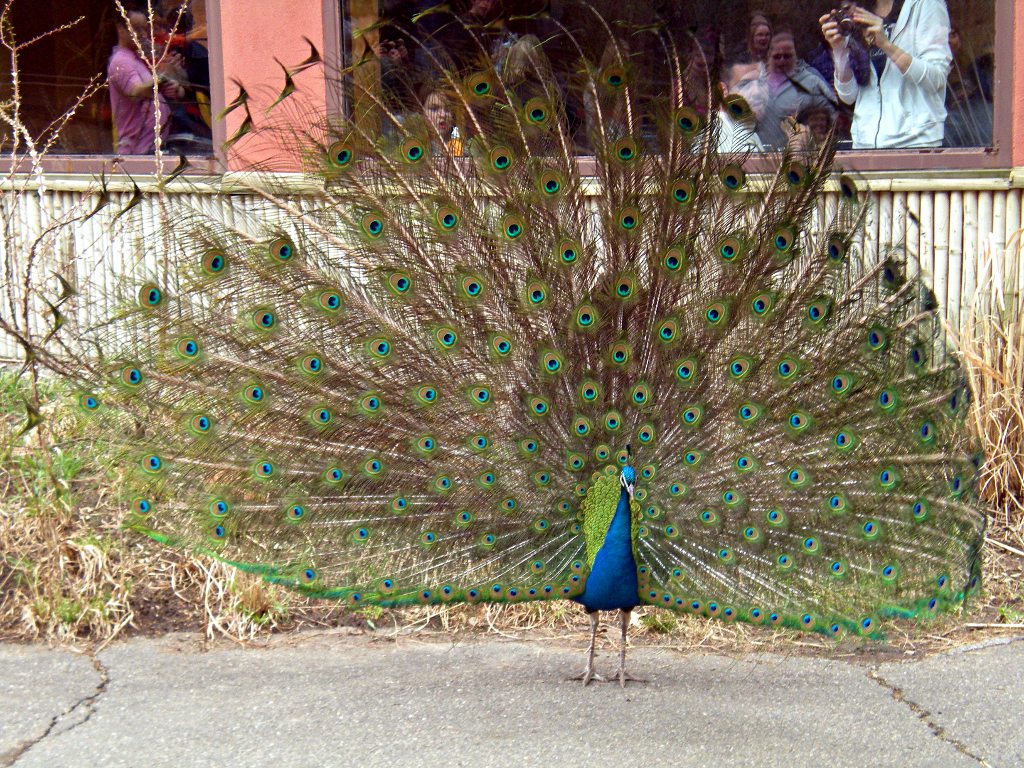
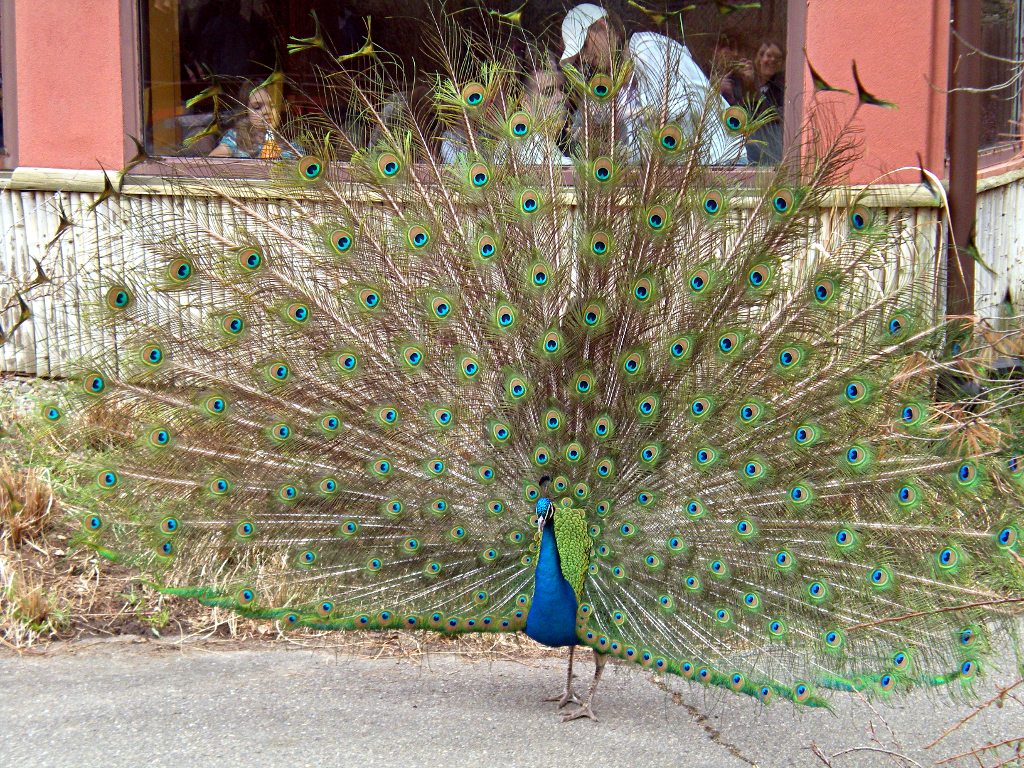
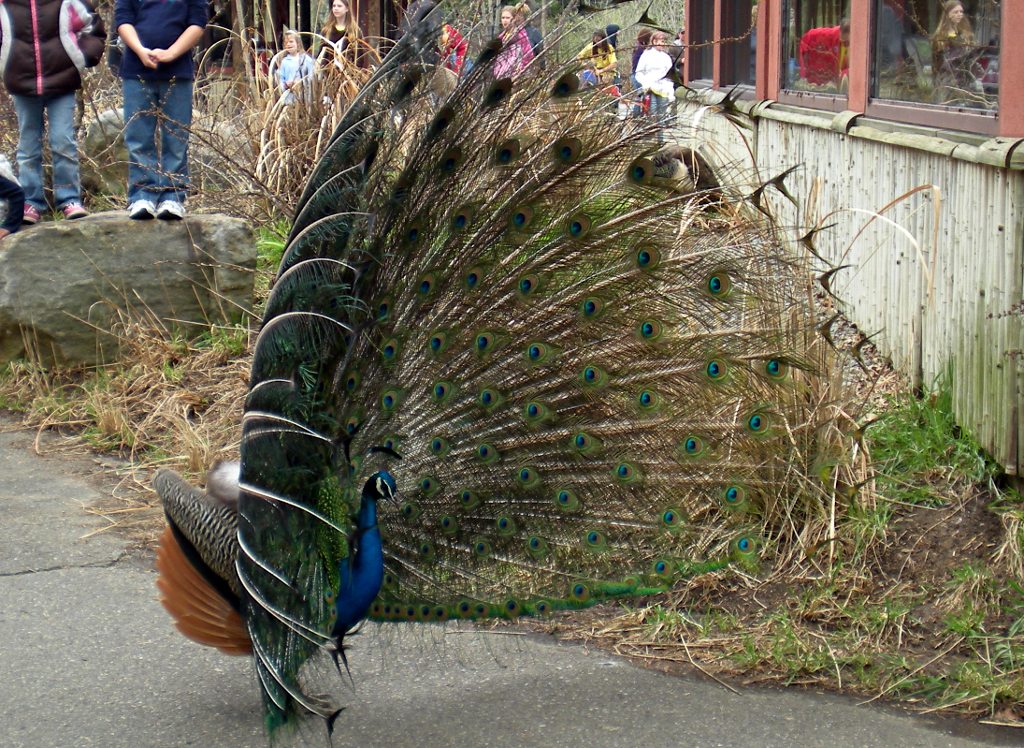
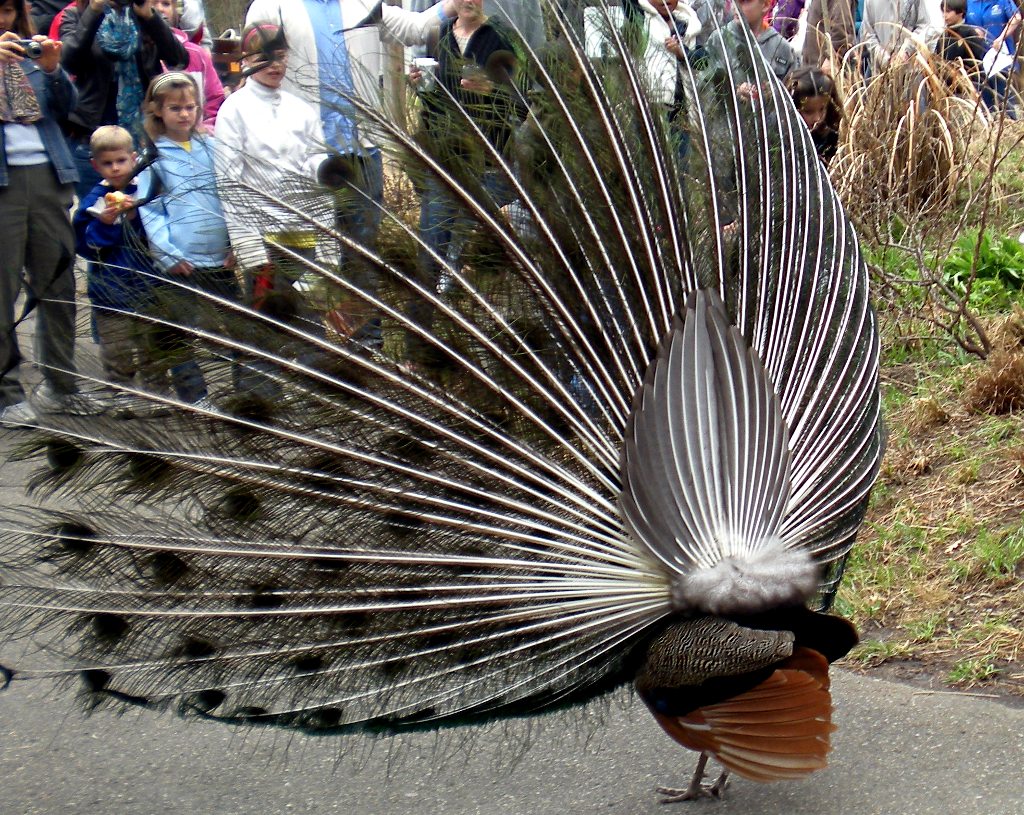
-
Spring is Here…
…and that, of course, means new flowers appearing over at Flora Pittsburghensis, such as this tiny but cheerful Hairy Bittercress (Cardamine hirsuta).
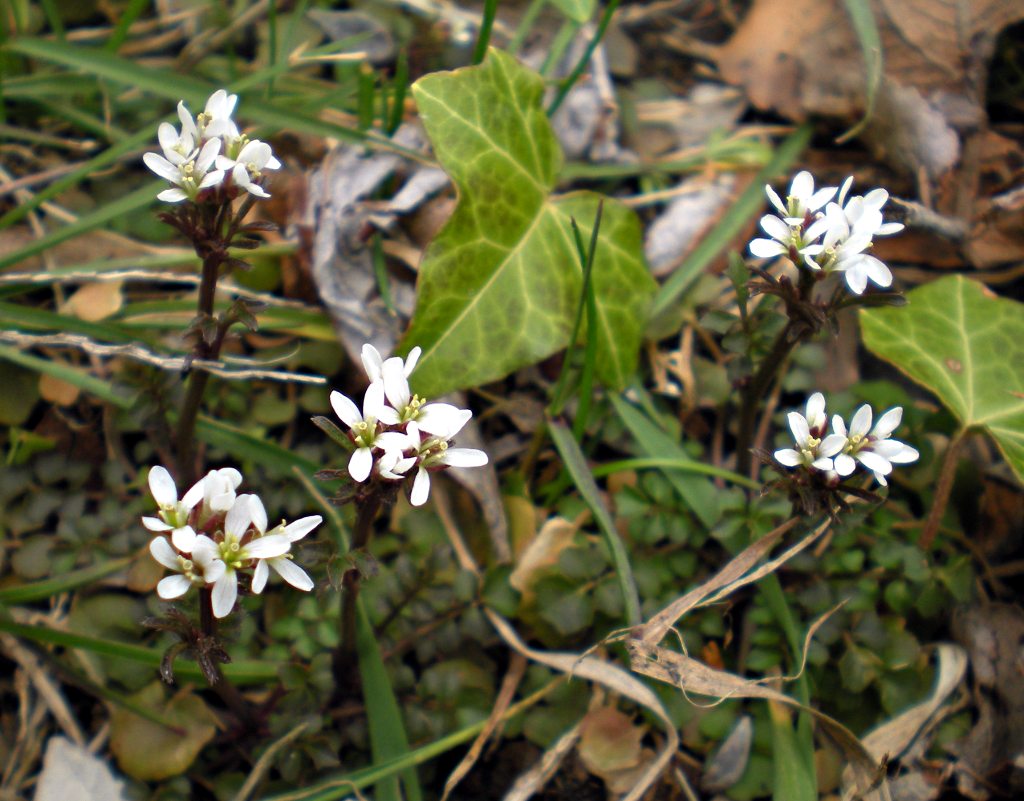
-
Max Raabe and the Palast Orchester
Max Raabe and the Palast Orchester will be playing at the Byham on April 15. Here’s a sample of their work on a song from the 1930s musical Evergreen.
-
Hail

Hail the size of commercial ice cubes came down on parts of Pittsburgh this afternoon. (Hail of this size is most commonly compared to golf balls, but old Pa Pitt is not a golfer.) More than an hour and a half after it fell, this hailstone and many others were still sitting on the grass mocking the 50-degree weather.
-
Witch Hazel
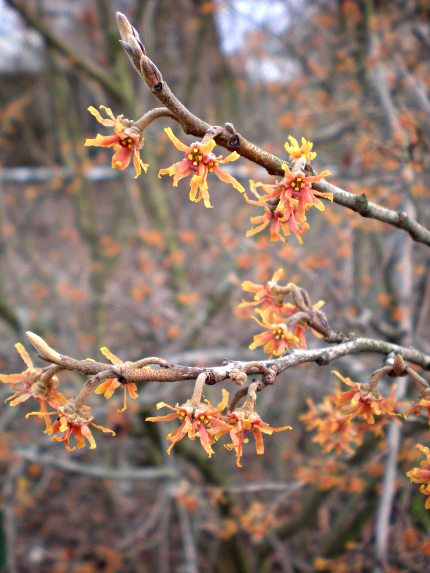
Hamamelis vernalis is a species of witch hazel whose native range is restricted to the Ozark Plateau. It will grow quite happily in Pittsburgh, however, and is well worth seeking out. The first warm winter day, from about Christmas on, will bring out these intriguing little flowers all over the bush. They’re not all that much to look at, although they make a beautiful ikebana-style bouquet in a vase. But the scent is sweet and very strong; a few twigs can scent a whole house. When the weather turns cold again, the flowers fold up, ready to show themselves once more on the next warm day. Meanwhile, if you cut a twig and bring it in at any time during the winter, it will unfurl its little flowers and get to work pumping out perfume.
-
Spring Arrives
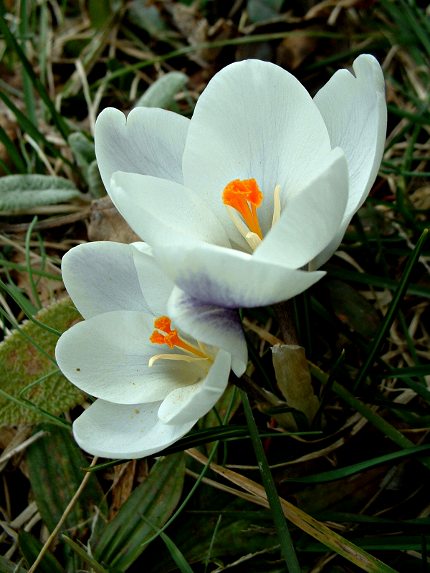
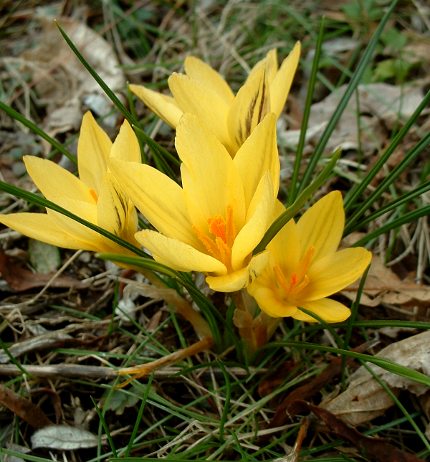
A few days before the official arrival of spring, crocuses have popped up all over the city. Here are two that appeared in Beechview.
-
Well Dressed in German, Too
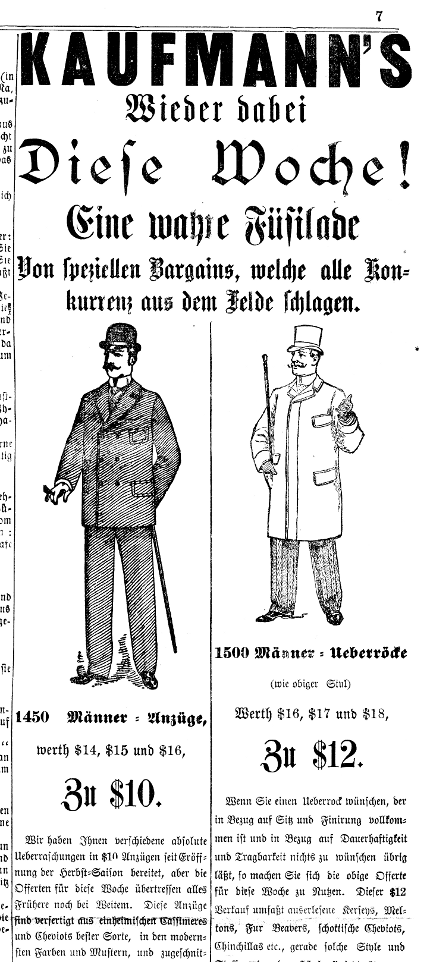
In the 1890s, a department store in Pittsburgh that made any pretense to customer service would need a multilingual staff. Here’s an 1892 advertisement for Kaufmann’s from the Volksblatt, one of three German daily newspapers in Pittsburgh at the time. From this advertisement we can gather that a gentleman could be a gentleman with or without a cigar, but no gentleman who pretended to fashion would venture forth without his stick.
-
Oakland in the Snow
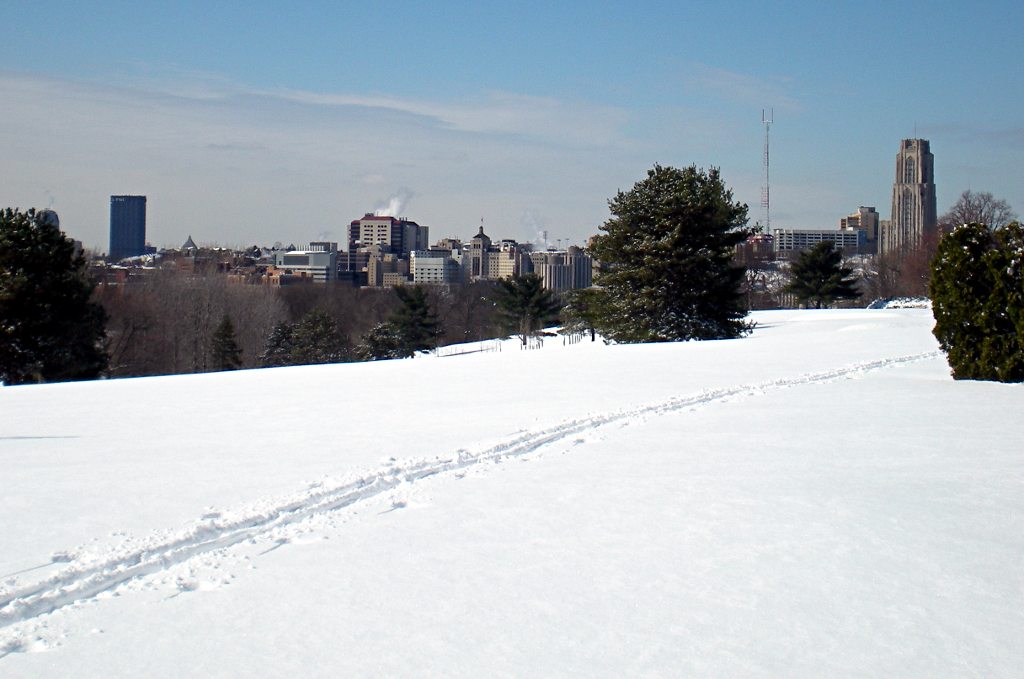
The Oakland neighborhood of Pittsburgh is a substantial city in its own right. The heart of it is the third-largest central business district in Pennsylvania, whose skyline we see here across the open white spaces of the Schenley Park golf course.

